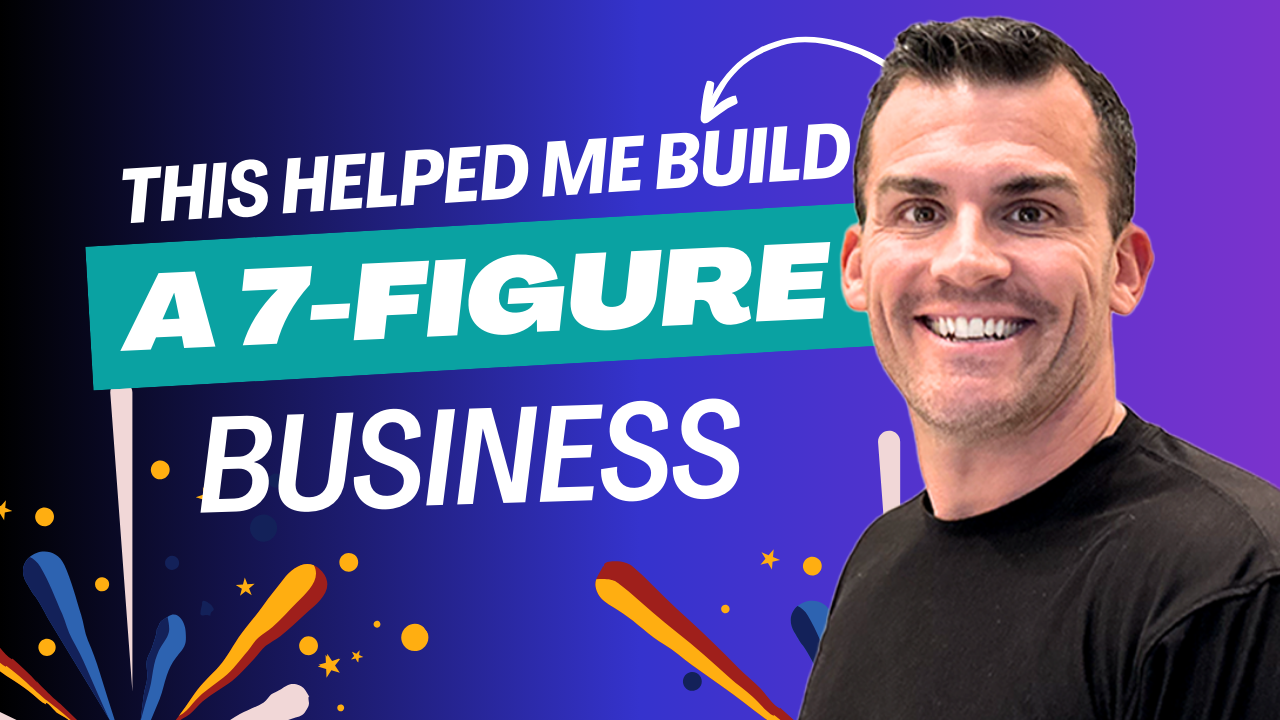The 7-Figure Secret: Why Saying ‘No’ to 80% of Clients is the Only Sustainable Path to Profit
When you start a digital business, the instinct is to say ‘Yes’ to every opportunity. Every inquiry feels like a win, every new client a step forward. You believe that volume equals success.
This strategy will kill your business slowly.
I call this the “Busy Trap”—the state of being constantly overwhelmed by work, but never feeling financially secure. You’re trading your valuable time for low-profit, high-stress work that prevents you from serving the clients who would pay you premium rates.
The secret to reaching a 7-figure income (or whatever your personal definition of success is) is not finding more clients. It’s about developing the radical discipline to say ‘No’ to 80% of potential clients and intentionally fire the low-profit customers you already have.
This is not arrogance; it is a fundamental shift from a volume-based strategy to a value-based strategy. Here is why culling your client roster is the most financially sound, emotionally intelligent, and strategically brilliant move you can make.
1. The Personal Finance Reality: The Cost of Complexity
The 80/20 Rule Applied to Clients
In business, the Pareto Principle is ruthlessly accurate: 20% of your clients generate 80% of your profit.
The inverse is also true: the remaining 80% of your clients are responsible for 80% of your headaches, administrative overhead, and scope creep—while delivering minimal profit.
This is the Cost of Complexity. Low-value clients are expensive because they:
-
Steal Resources (Time): They require excessive time for administrative onboarding, lengthy communication chains, and constant hand-holding that often falls outside the scope of work. You end up spending more on support than you earn in fees.
-
Dilute Focus: Every hour you spend trying to appease a difficult, low-paying client is an hour you cannot spend on Deep Work for your high-value clients, or on creating a new asset (like a course or lead magnet) that generates passive revenue.
-
Hinder Pricing: By serving a broad, general audience, you are forced to keep your pricing competitive (low). When you niche down and serve only the top 20%, you become an irreplaceable specialist, justifying premium, non-negotiable fees.
The Financial Fix: Audit your client list today. Identify the top 20% that are profitable, pleasant to work with, and deliver great case studies. For the rest, either gradually raise their prices until they become profitable, or refer them away to a colleague. Freeing up 40% of your work hours by dropping unprofitable clients allows you to take on one premium client who immediately generates 3x the profit.
2. The Digital Marketing Damage: The Erosion of Authority
You Are Only as Good as Your Weakest Case Study
Your Digital Marketing success is built on social proof, authority, and specialization. When you take on every client, regardless of fit, you damage your most valuable marketing assets: your testimonials and case studies.
-
The Muddled Message: If you position yourself as a “marketing specialist” for everyone from plumbers to high-tech SaaS firms, your message is muddled. Potential high-paying clients will see you as a generalist who lacks the expertise to solve their specific, expensive problems.
-
The Sub-Par Showcase: Low-value clients often lack the budget or the internal structure to execute your recommendations effectively. This results in sub-par outcomes that you must feature as a case study, which actively lowers your perceived value and expertise.
The Marketing Fix: Develop a “Red Line” Client Profile. Clearly define the types of businesses, budgets, and personalities you refuse to work with. Put this on your website. This act of self-exclusion is powerful marketing: it signals confidence, exclusivity, and profound specialization. Use your website’s Technology (like a simple qualification form) to filter out the 80% before they even reach your inbox, saving you hours of sales calls.
3. The Health and Wellness Shield: Delegating Stress
Buying Back Your Emotional Energy
The hidden cost of the Busy Trap is the toll it takes on your Health and Wellness. Low-paying, high-maintenance clients are toxic. They don’t value your time, they ignore boundaries, and their stress becomes yours.
When your day is dominated by tense interactions, chasing invoices, and dealing with micro-management, your body is perpetually releasing stress hormones. This leads to burnout, creative fatigue, and eventually, a total shutdown of your motivation.
-
Boundary Failure: A high-volume strategy necessitates poor boundaries. You respond to emails late, skip scheduled breaks, and work weekends, telling yourself it’s necessary to keep up.
-
Creative Depletion: Toxic client relationships steal your emotional energy, leaving you creatively depleted. You are too mentally exhausted to focus on the high-value, fun, innovative work that originally drew you to entrepreneurship.
The Wellness Fix: Treat your emotional energy like a precious currency. When you say ‘No’ to a bad client, you aren’t just saving time; you are protecting your peace. Use that regained emotional energy to invest in true wellness activities, like exercise, rest, and quality time with loved ones.
The goal of your business is not to be busy; it is to be profitable and free. Strategic exclusion is the fastest path to both. Start by identifying the 80% that drain you, and give yourself permission to walk away. You’ll find the vacuum they leave is immediately filled by higher profits and much lower stress.

